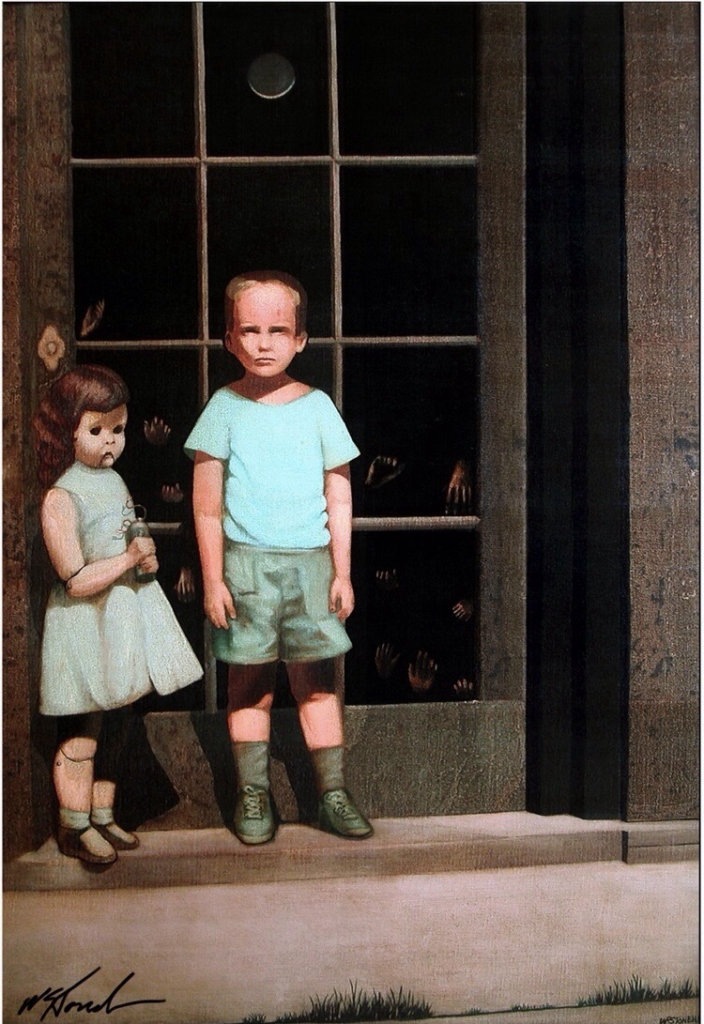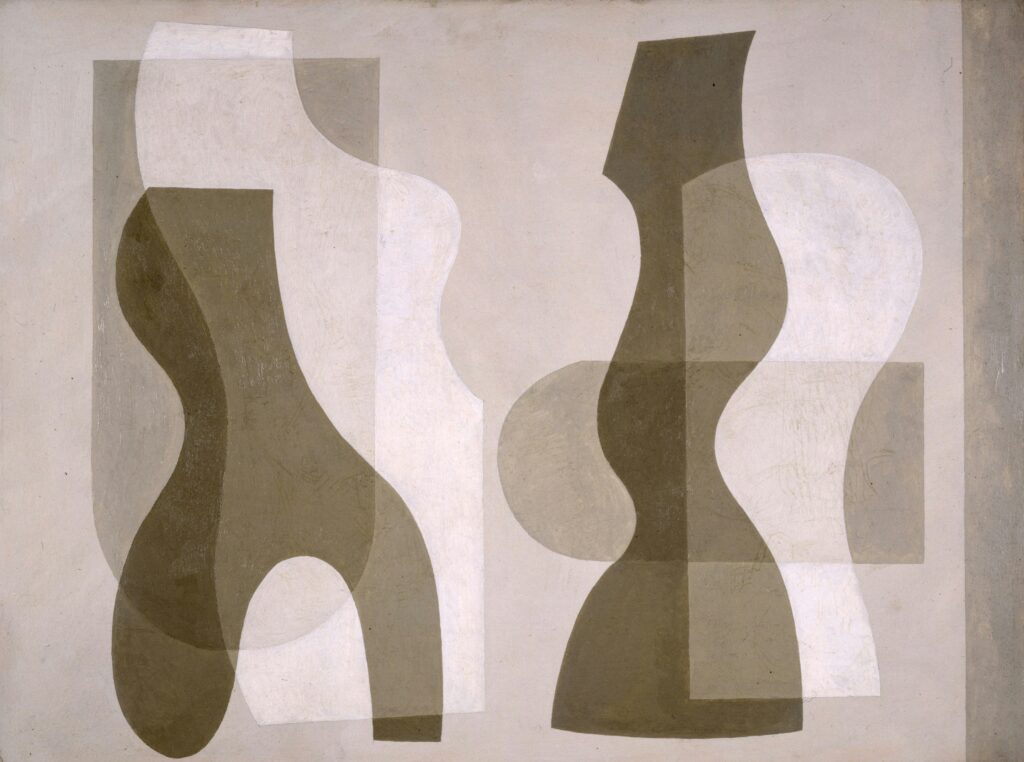
Geometric art’s blend of creativity and mathematics is visible everywhere, from street art to home décor. With its focus on symmetry, precision and repetition, geometric art offers a fantastic way for beginners to dip their toes into the world of art. Whether you’re interested in digital design or hands-on crafting, exploring geometric patterns can sharpen your artistic and spatial skills.
Learning the fundamentals of geometric art is an excellent way to blend technical knowledge with creativity. Here are three engaging geometric art ideas for beginners.
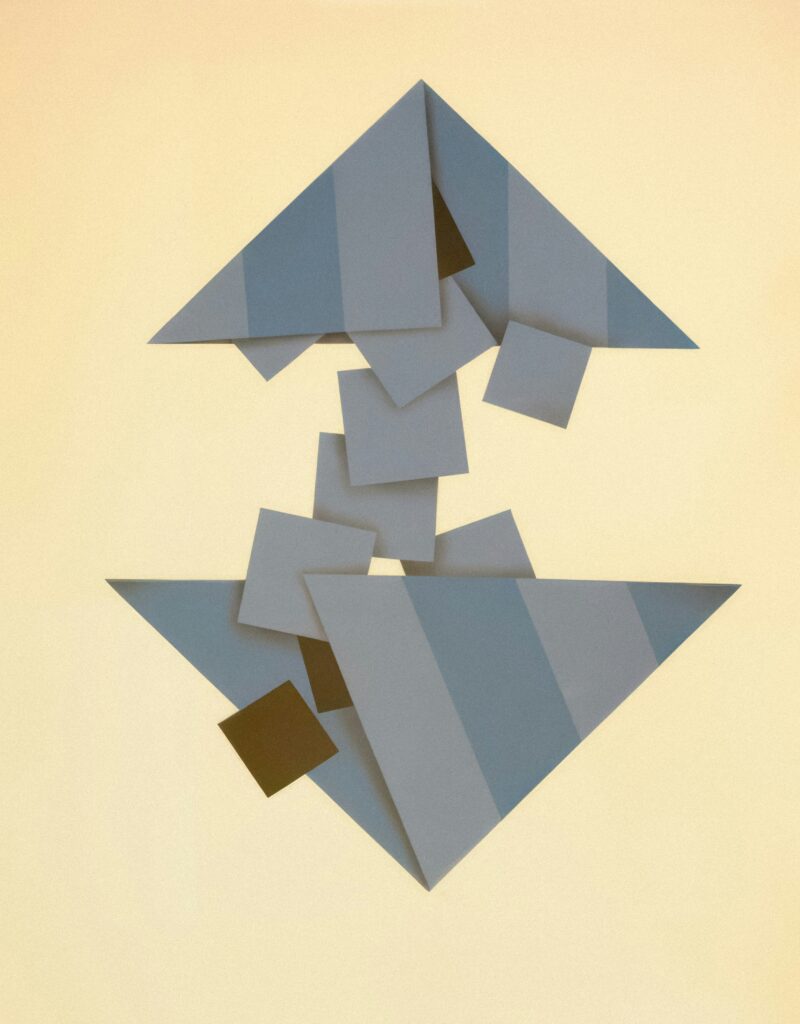
Low-poly animals
Low-poly art provides a way to combine creativity and technicality, making it a perfect entry point for geometric art. It simplifies complex forms by reducing them to angular shapes, creating a stylised yet recognisable image.
To create a simplified image, choose an animal as a reference. The goal is to break down its complex form into basic geometric shapes. Simplify the animal’s shape with triangles and quadrilaterals. Focus on its contours and key features, translating them into angular blocks.
You can create low-poly animals with digital tools or use pencils and paper to sketch designs. Either way, you’re practising manipulating basic shapes while working on proportion and balance.
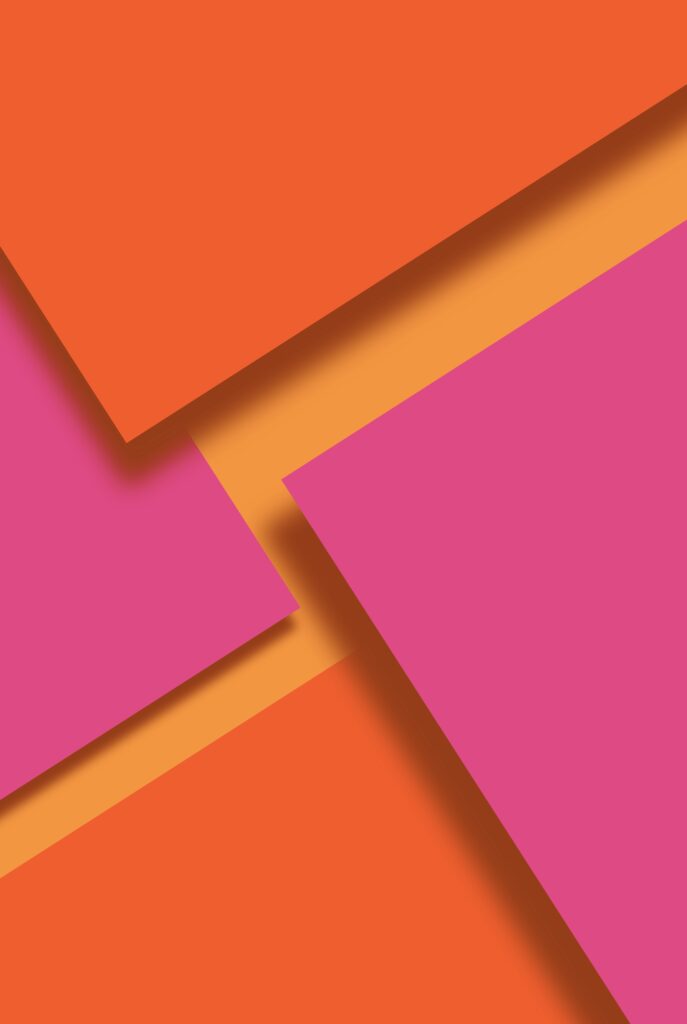
3D tessellations
Tessellations are repeating patterns that fit together without gaps or overlaps. Introducing a 3D element can turn these patterns into visually dynamic sculptures.
Start with a basic shape that tessellates, such as a cube, triangle or hexagon. These shapes can be repeated easily to form patterns. By extruding or cutting away parts of the shapes, you can create the illusion of depth and add complexity to your tessellation. By repeating shapes in a symmetrical way, you can ensure your design looks coherent and harmonious.
You can build 3D tessellations with paper, wood or even 3D printing, or opt for digital tools to experiment with depth and volume when creating 3D digital designs.
3D tessellations let beginners explore pattern-making and symmetry, essential concepts in art and design. The possibilities for creative expression are vast, whether you stick to simple arrangements or add complexity with 3D elements.
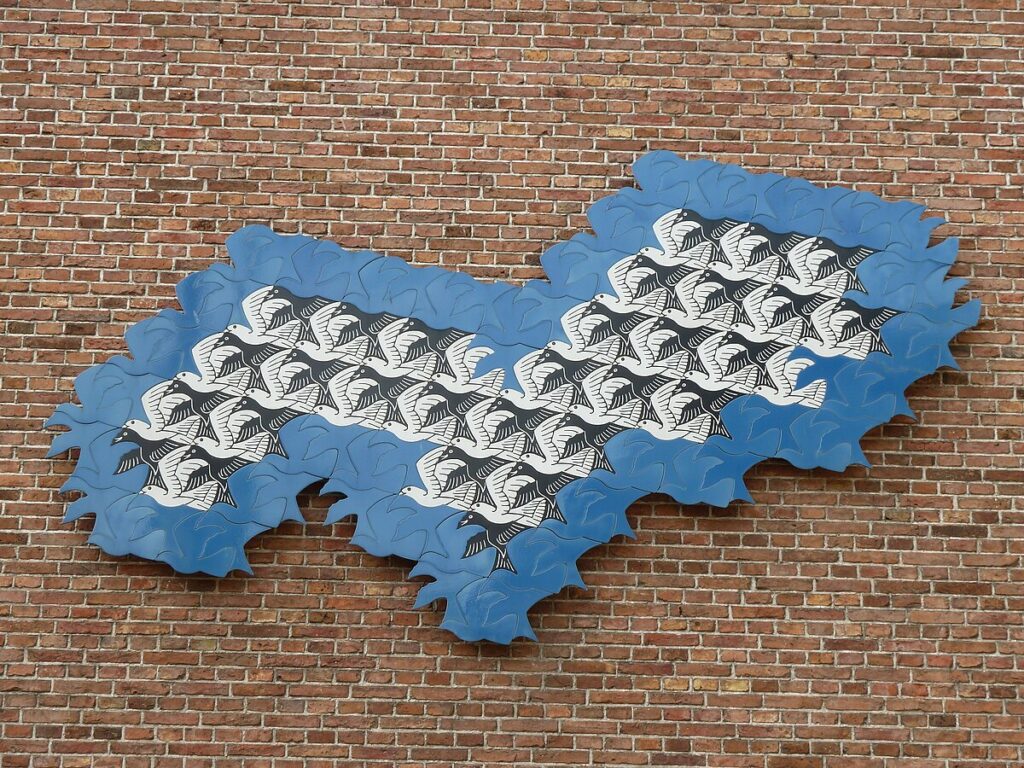
Platonic solids sculpture
Platonic solids are five regular polyhedra with identical faces and angles: the tetrahedron, cube, octahedron, dodecahedron and icosahedron. These shapes are at the heart of 3D geometry and offer a great introduction to precision in geometric art.
Each solid is made from regular polygons. For instance, the tetrahedron has four triangular faces, while the cube has six square faces.
You can use online CAD software for geometric art. Many CAD programs have built-in tools to create Platonic solids. You’ll gain practical skills in geometric precision and modelling as you create shapes.
Once you’ve created the solids, you can arrange them in various ways – stack them into a sculpture or design a unique layout that highlights their symmetry and elegance.
Building a Platonic solids sculpture helps beginners appreciate geometric precision while creating a visually appealing final product that can be 3D-printed for display.


